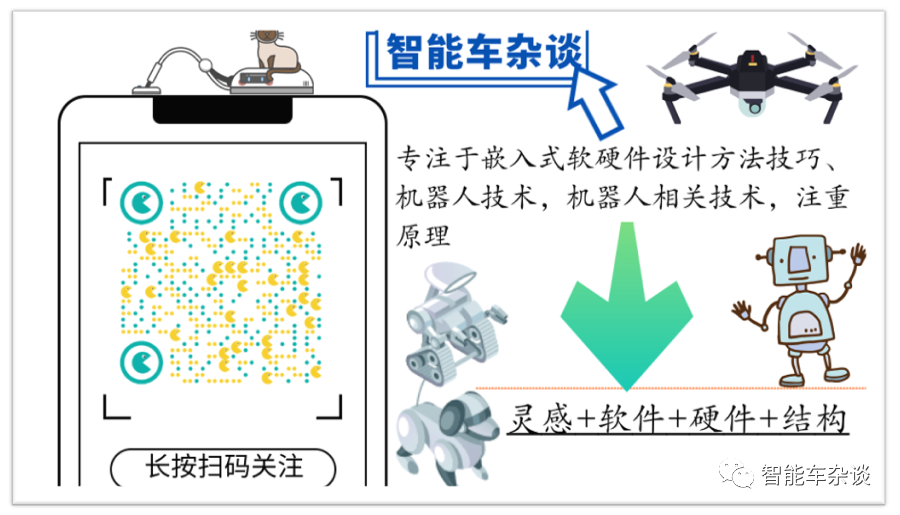“
ROS, how to quickly deploy ROS on Raspberry Pi
”
Version Check
The easiest way to check the Raspbian version is to use the terminal.
-
Before you start, make sure you have a terminal session open.
Use a simple command in Raspbian to get the current version.
-
To view the current installed Raspbian version information, simply execute the command below.
cat /etc/os-release
-
This command will print various information about the operating system release version.
Running this program on a Raspberry Pi running Raspbian Buster will yield the following result.
PRETTY_NAME="Raspbian GNU/Linux 10 (buster)"
NAME="Raspbian GNU/Linux"
VERSION_ID="10"
VERSION="10 (buster)"
VERSION_CODENAME=buster
ID=raspbian
ID_LIKE=debian
HOME_URL="http://www.raspbian.org/"
SUPPORT_URL="http://www.raspbian.org/RaspbianForums"
BUG_REPORT_URL="http://www.raspbian.org/RaspbianBugs"
You can see that this command gives us several different indicators to check the version of Raspbian you are running.
Through the PRETTY_NAME, VERSION, and VERSION_CODENAME options, you can see the release name for Buster.
For example, if you are running Raspbian Stretch, then VERSION_CODENAME will show as VERSION_CODENAME=stretch.
Change Source
Select based on system version. Link: https://mirrors.tuna.tsinghua.edu.cn/help/ros2/ Install with two lines of code
Install with two lines of code
wget https://github.com/Ar-Ray-code/rpi-bullseye-ros2/releases/download/ros2-0.3.1/ros-humble-desktop-0.3.1_20221218_arm64.deb
sudo apt install ./ros-humble-desktop-0.3.1_20221218_arm64.deb
Load ROS2
$ source /opt/ros/humble/setup.bash
# Add environment variables. This way, every time you open Terminal, the ROS 2 related environment variables will be automatically loaded, so you don't have to source it every time to use ROS 2 related commands.
$ echo "source /opt/ros/humble/setup.bash" >> ~/.bashrc
$ros2
Issue
After installing 64bit Debian Bullseye on Raspberry Pi 4B, unable to log in to the desktop remotely via xrdp.
-
After logging into the Raspberry Pi, open this file: /etc/X11/xrdp/xorg.conf
-
Find in the file: Option “DRMDevice” “/dev/dri/renderD128”
-
Comment out the above line and add: Option “DRMDevice” “”
-
Save and restart
